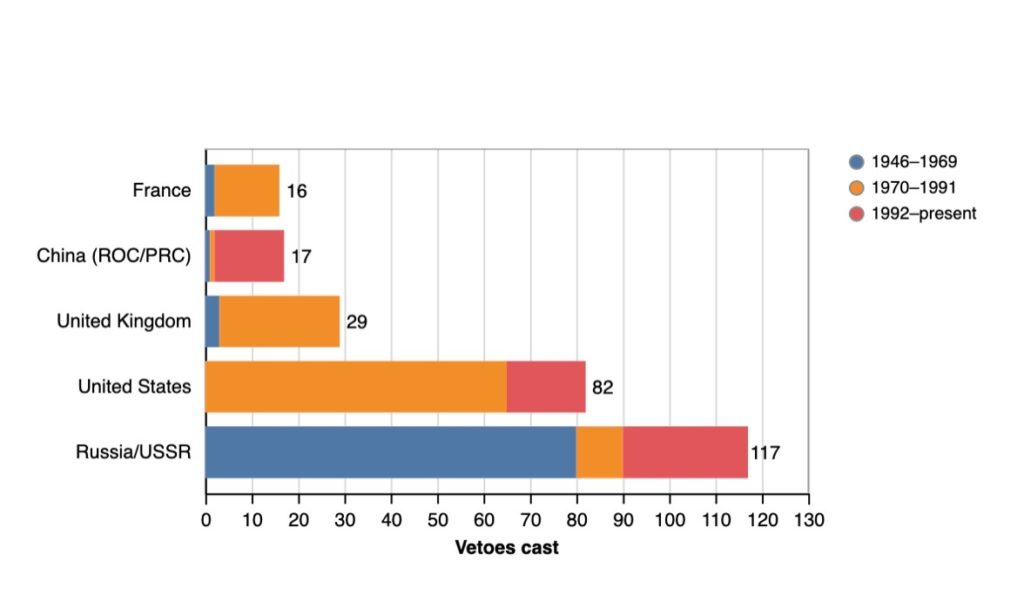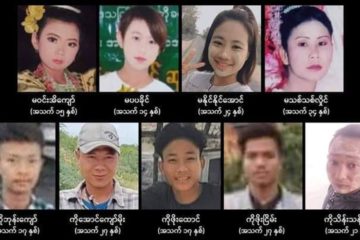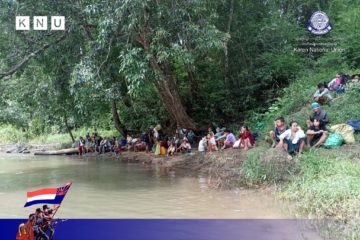[The Responsibility to Protect (R2P) concept sought to confront both the Rwanda tragedy and the Kosovo dilemma by stipulating that states have an obligation to protect their citizens from mass atrocity crimes; that the international community will assist them in doing so; and that, should the state be “manifestly failing” in its obligations, the international community is obliged to act.
R2P seeks to ensure that the international community never again fails to act in the face of genocide, ethnic cleansing, war crimes and crimes against humanity. By accepting a collective responsibility to protect, the international community issued a solemn pledge that it cannot lightly ignore.]
But has it?
In 2000, after the mass atrocities in Rwanda and in the Balkans, committed by sovereign powers on their own people, Kofi Annan decided to initiate a global policy named the Responsibility to Protect with several different other diplomats, and R2P became an official UN policy in 2005 at the world summit.
“if humanitarian intervention is, indeed, an unacceptable assault on sovereignty, how should we respond to a Rwanda, to a Srebrenica, to gross and systematic violation of human rights that offend every precept of our common humanity?”
-Kofi Annan, former UN Secretary-General

The usage of R2P has been criticised because the results of international humanitarian intervention don’t seem to be consistent with the expectations and many countries believe the right to protect lies within the states themselves. This is portrayed in Libya when UN authorised, NATO-led forces entered Libya with R2P policy but what initially was a humanitarian intervention became more of a regime change of Gaddaffi by NATO.
However as Yossi Mekelberg states in his article in Arab News, the uncertainty of whether precedent NATO-led R2P use was justifiable in countries such as Libya and in the Bosnian war, should not be an excuse to avoid using R2P in intervening when such mass atrocities are happening thereafter, in Syria, South Sudan, Rohingya crisis (Myanmar), Tigray-Ethiopia, the treatment of Uighur muslims in China, and the Myanmar military coup.
“To a large extent we have arrived at this point due to the past failures of the international community to hold Myanmar’s military accountable for their crimes, especially the 2017 genocide of the Rohingya.”-Yossi Mekelberg
In Myanmar, what has been so distinctive is how the Myanmar people have been calling for international intervention in the early weeks of the coup. They had understood, after having previously lived over 50 years under a repressive military dictatorship, just how brutal the Tatmadaw can become. Nothing is more poignant than the repetitive calls for R2P, on cardboard placards written in English (a foreign language in Myanmar), written in large letters seen from an aerial view on streets, sand, rocks; and the calls with the hashtag #WeneedR2P on social media.
Yet it feels that the UN Security Council has once again failed to prevent another mass atrocity in Myanmar.
The United Nations (UN) was formed after World War 2 to have a global organisation and agreement over international matters between countries to prevent further devastating wars between different or groups of states. The UN Security Council (UNSC) has 5 permanent member states: United States of America (USA), United Kingdom (UK), France, Russia (formerly called the Soviet Union) and the people’s republic of China. They hold veto power and all 5 members must agree to, or at least abstain from a veto, for a UNSC resolution to be passed. However this unique wielding power between 5 countries of the world to decide when or not to use international powers to assist or intervene when civilians are being brutally tortured, killed and forced to disappear by leaders and security forces of their own states is now becoming more and more questionable. The credibility and existence of the UN is again under fire on its failure to prevent the escalation of mass atrocities.
Some of the most interesting facts are that since the UNSC has been formed, Russia has used its veto power more than 100 times and China has started using it more often recently. UK and France haven’t used their vetoes since 1989 and the US has used its veto to prevent the UNSC’s resolution against Israeli armed forces’ war crimes in Palestine.

R2P is implemented in the 4 definitions of mass atrocities: genocide, ethnic cleansing, war crimes and crimes against humanity. The acts of terror that the Myanmar military has unleashed upon its civilians including the marginalised Rohingya people, qualify in all the 4 categories to activate R2P.
R2P doesn’t necessarily mean global peacekeeping troops entering Myanmar to protect Myanmar civilians. Military intervention is usually the last resort on the table. R2P can also mean economic sanctions on the MOGE, MEC, MEHL, Myanmar military conglomerates; arms embargoes, and referral of the generals responsible to the International Criminal Court (ICC). Military intervention will be decided upon when the scale of human suffering is terribly high. But that is still a subjective matter. Yet the threat of a veto from China and Russia at the UN Security Council have deadlocked the decision for R2P implementation on Myanmar. Not to mention the condemnable arms sales and visit by the Russian defence minister on Armed forces day during the violent coup.
Is there a way around a deadlocked UN Security Council? Yes there is, R2P is not the means to an end (i.e. it is not the only solution to which the UN can take action against the Myanmar Tatmadaw)- Ramesh Thakur’s article in “The Strategist”. Activation of article 377(v) was created in 1950 during the Korean War to circumvent the Soviet Union’s vetoes . Article 377(v) calls upon the UN General Assembly to arrange a special emergency session on Myanmar with all its 193 UN member states and where neither Russia nor China have veto power. It will let its member states decide on the matter and allowing like-minded countries having a say for actions in the crisis of another member state,i.e. Myanmar. The UN General Assembly doesn’t have the same level of power as the UN Security Council but however if more UN member countries decide on a coordinated action against the generals, this can push the UNSC in overcoming its vetoes, and each individual member state can also implement their own actions to pressure the generals to stop the violence.
But why it hasn’t been activated after over 700 dead civilians including children, mass forced disappearances, targeting of healthcare workers, teachers and professionals from the arts and performance sector in Myanmar is a question only the current Secretary General can answer.
The UN and the international community have the responsibility to act in the event when the maintenance of peace and international security has been breached; when leaders and security forces of a sovereign state fail to act to prevent mass atrocities or are the perpetuators themselves of such crimes. The principles in which the UN and subsequently the policy of R2P have been tested again and again by the Myanmar military junta, who has yet to be punished for its decades long crimes against humanity on its civilians.
So….
“How many dead bodies does the UN need to take action?”
Resources:
https://www.un.org/en/genocideprevention/about-responsibility-to-protect.shtml
https://www.globalr2p.org/publications/the-responsibility-to-protect-a-background-briefing/
https://www.arabnews.com/node/1837016
http://opiniojuris.org/2018/11/22/overcoming-the-veto-to-save-lives/



0 Comments